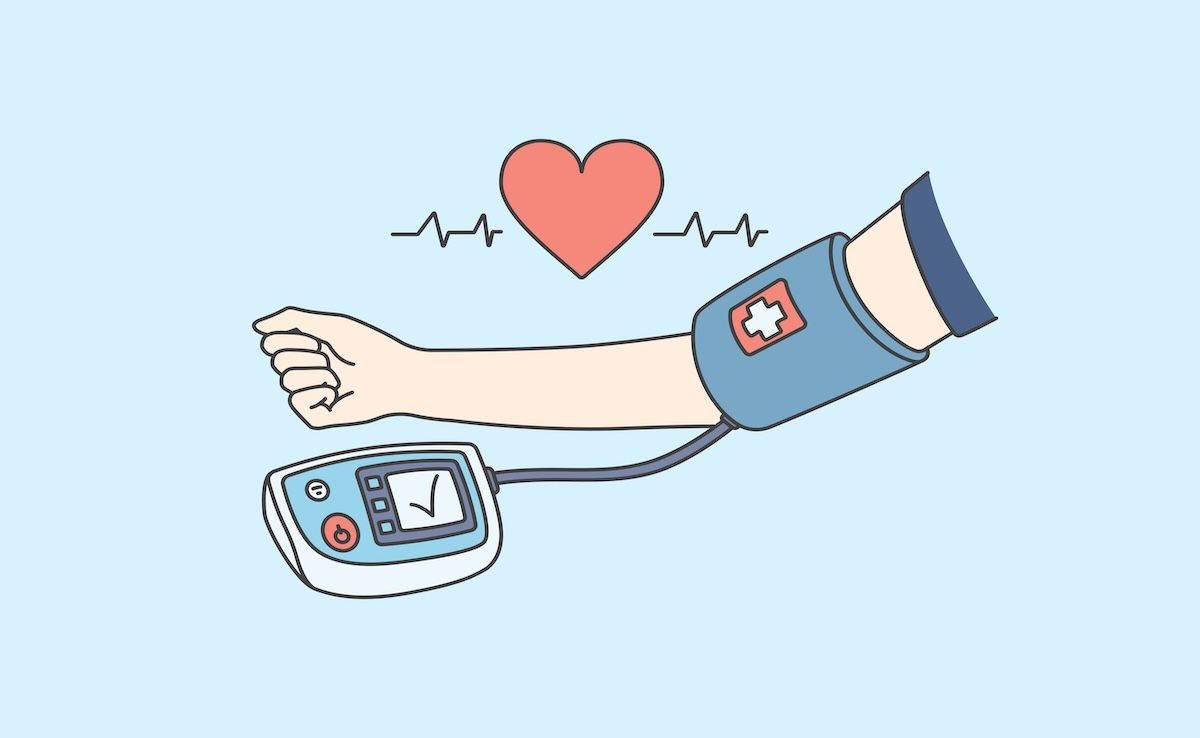Video
Impact of Maintenance Therapy in Multiple Myeloma
Ola Landgren, MD, PhD: There are a couple more things I would like to bring up, and that actually relates to what you just mentioned here, John, about the maintenance therapy. What’s your personal approach when it comes to maintenance? Do you use maintenance for all your patients? What type of therapy do you use?
Sundar Jagannath, MD: All the phase 3 trials have shown that whether you call it continuous therapy or maintenance therapy in multiple myeloma, it has definitely prolonged the progression-free survival. In some other cases, it has also improved the overall survival. This is important. Going forward, we’ll get greater insight as the MRD [minimal residual disease] is being tested sequentially. We know that when we use maintenance therapy in some of these patients who are MRD positive or who have minimal disease detected by serum protein electrophoresis, with a maintenance therapy over a period of time—whether lenalidomide or any other drug in combination—you will see that clone disappear.
The question is whether the clone would have disappeared by itself or not. That has been addressed on the phase 3 trial. After the maintenance, more patients are in complete remission and deeper remission, compared with the patients who are not given maintenance therapy. I do believe that the maintenance therapy is very important for the management of multiple myeloma.
Ola Landgren, MD, PhD: What’s the payer perspective? Maintenance therapy is expensive and continuous.
John Fox, MD, MHA: Yes. It’s expensive for not only payers but patients too. I agree that the clinical trials showed that maintenance therapy improves overall survival, compared with no maintenance therapy. It’s in the NCCN [National Comprehensive Cancer Network] Guidelines, so we’re going to pay for it. I think the real challenge is not understanding how long you need to be on maintenance therapy if you’re in MRD or if you’re MRD negative. For example, a patient who’s on lenalidomide, even Medicare beneficiaries who are in their catastrophic coverage, have to pay 5% of the cost of the drug. For lenalidomide, that might be $1200 a month. You ask that patient to pay $1200 a month times 12, and that’s $14,000 a year for however long. I think it’s incumbent upon us to understand not only the benefits of maintenance but also when those benefits begin to diminish and they’re no longer needed.
Ola Landgren, MD, PhD: From a payer perspective, I’m thinking of a couple of scenarios here. You could think of using combinations that are quite expensive, followed by continuous maintenance, or you could do combinations up front, although that’s very expensive. Maintenance could perhaps be shortened, and there could be patients reaching sustained MRD negativity without it. Are there discussions on the payer side when it comes to these types of perspectives?
John Fox, MD, MHA: I don’t think so. I think we have to be driven by the evidence, what the clinical trials support, and what the NCCN Guidelines support. If they support that we’re going to drive more people into MRD-negativity with multi-drug combinations, then that’s what we’re going to have to fund.
Ola Landgren, MD, PhD: The payer’s role is more to follow the data and make decisions based on the evidence?
John Fox, MD, MHA: Yes, because any decision that I make as a payer or that any other payer makes has to be supported by the evidence. We can’t be arbitrary and capricious in what we cover, so it does have to be driven by the evidence. When you use something off-label, if you have evidence to support off-label use and that’s generally accepted, we’ll cover that. I don’t think we’re unreasonable in our decisions, but we also have a fiduciary responsibility to the government—to employers who pay for healthcare insurance, and to individuals who pay for healthcare insurance—to make sure that they’re getting evidence-based care.
Sundar Jagannath, MD: John, in your perspective, the field is moving dramatically different in this respect. Before, we had to wait for clinical trials, which were designed and predominantly funded by the pharmaceutical industry. But now you are able to get real-world evidence. Even though we say we want to continue a maintenance drug or an immunomodulatory molecule until they progress, the real-world evidence shows that the median time they are on the particular drug is around 18 months.
John Fox, MD, MHA: During maintenance?
Sundar Jagannath, MD: During the maintenance.
John Fox, MD, MHA: OK, yes.
Sundar Jagannath, MD: My intent is to continue longer at the bedside for various reasons, either because some of the patients have progressed or some of them had unique toxicity. Then the quality of life gets affected, and so on and so forth. Occasionally, it could be the financial toxicity of what they can and cannot afford. The real-world evidence also gives us information and insight that was not previously available to us, and treatment was strictly data driven.
The problem with clinical trial data, as a physician taking care of all comers while participating in a clinical trial, is that 10% of the patents are on clinical trial and 90% of patients are not on clinical trial. For many of the patients in the community at large, somebody could be 86 years old and have coronary artery disease or atrial fibrillation and may not be an ideal candidate. They’re not eligible for a clinical trial if you look at the eligibility criteria, but they are the bread and butter. These are the patients who have to be cared for. I would somewhat say I understand the big picture—the cost containment, etc. I think we need to look at the real-world evidence. No matter what, the SEER [Surveillance, Epidemiology, and End Results Program] and the European population-based data clearly show that as we brought new drugs, more patients are living longer. We also show that the maintenance therapy really prolongs life, but the real-world data will also shed a lot of information, which we lack at this time.




